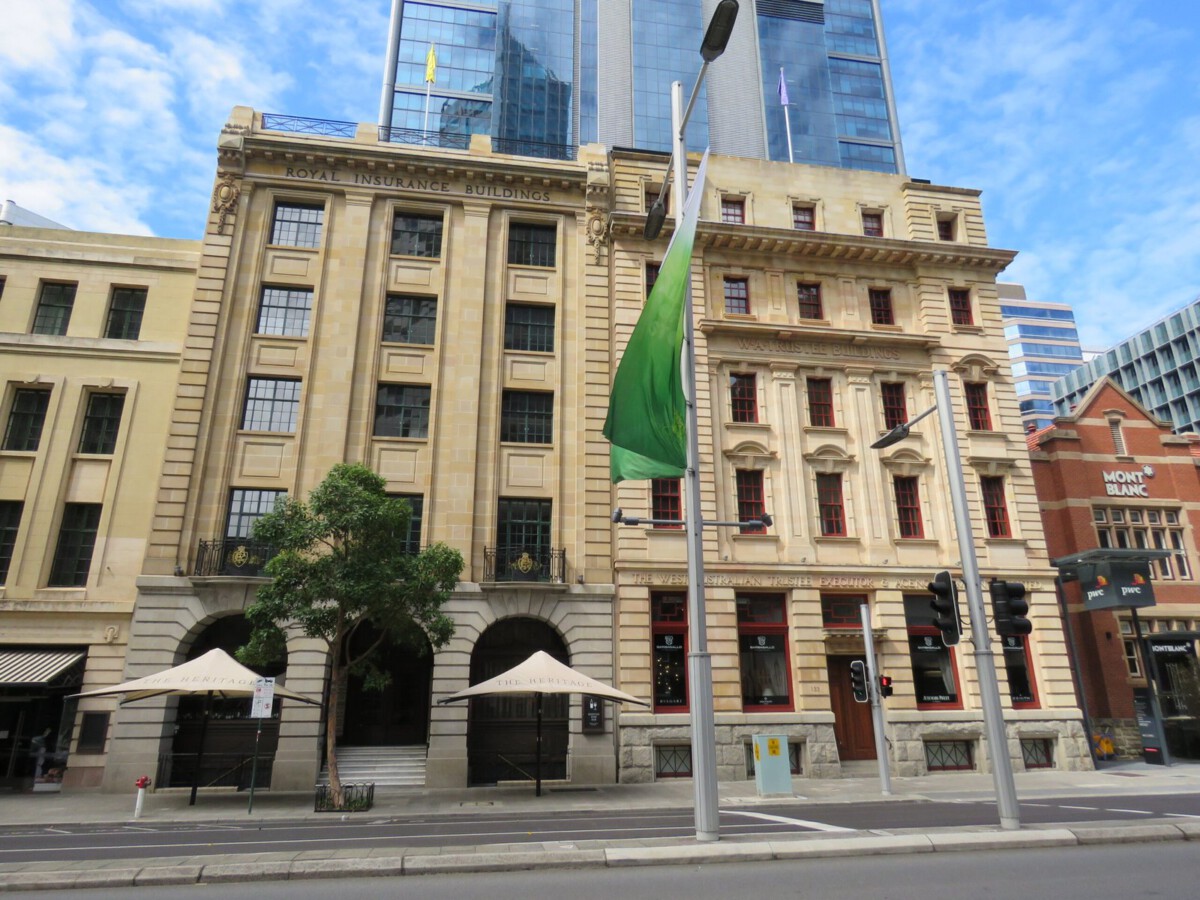The Television Remote Control – Zenith Corporation, Chicago

Eugene Polley invented the first wireless television remote control in 1955 while working for Zenith Corporation in Chicago, Illinois. His “Flash-Matic” used a flashlight to activate photo cells in the corners of specially equipped television sets. The device was revolutionary for its time, though it had limitations – sunlight and other light sources could accidentally trigger the TV functions. Zenith later improved the design with Robert Adler’s “Space Command” remote in 1956, which used ultrasonic technology instead of light. Today, the average American household owns four remote controls, making this Chicago invention one of the most ubiquitous devices in modern homes.
Bubble Wrap – Sealed Air Corporation, Illinois

Marc Chavannes and Al Fielding accidentally created bubble wrap in 1957 in their laboratory in Hawthorne, New Jersey, but the material was later perfected and commercialized by Sealed Air Corporation, which established major operations in Illinois. Originally intended as textured wallpaper, the inventors quickly realized the material’s superior protective properties for packaging fragile items. The first major customer was IBM, which used bubble wrap to protect their computers during shipping in 1960. According to Sealed Air’s 2024 annual report, the company now produces over 1 billion square feet of bubble wrap annually from their Illinois facilities. The satisfying “pop” of bubble wrap has even led to an official Bubble Wrap Appreciation Day celebrated every last Monday in January.
The Dishwasher – Josephine Cochrane, Illinois

Josephine Cochrane invented the first practical dishwasher in 1886 in her home workshop in Shelbyville, Illinois. Frustrated with her servants chipping her fine china while washing dishes, she designed a machine with wire compartments that held dishes securely while soapy water sprayed over them. Her invention won first prize at the 1893 World’s Columbian Exposition in Chicago, launching her company that would eventually become part of Whirlpool Corporation. Modern dishwashers are found in approximately 68% of American homes as of 2024, according to the U.S. Energy Information Administration. Cochrane’s original design principles of secure dish placement and pressurized water spray remain fundamental to dishwasher technology today.
The Zipper – Whitcomb Judson, Chicago
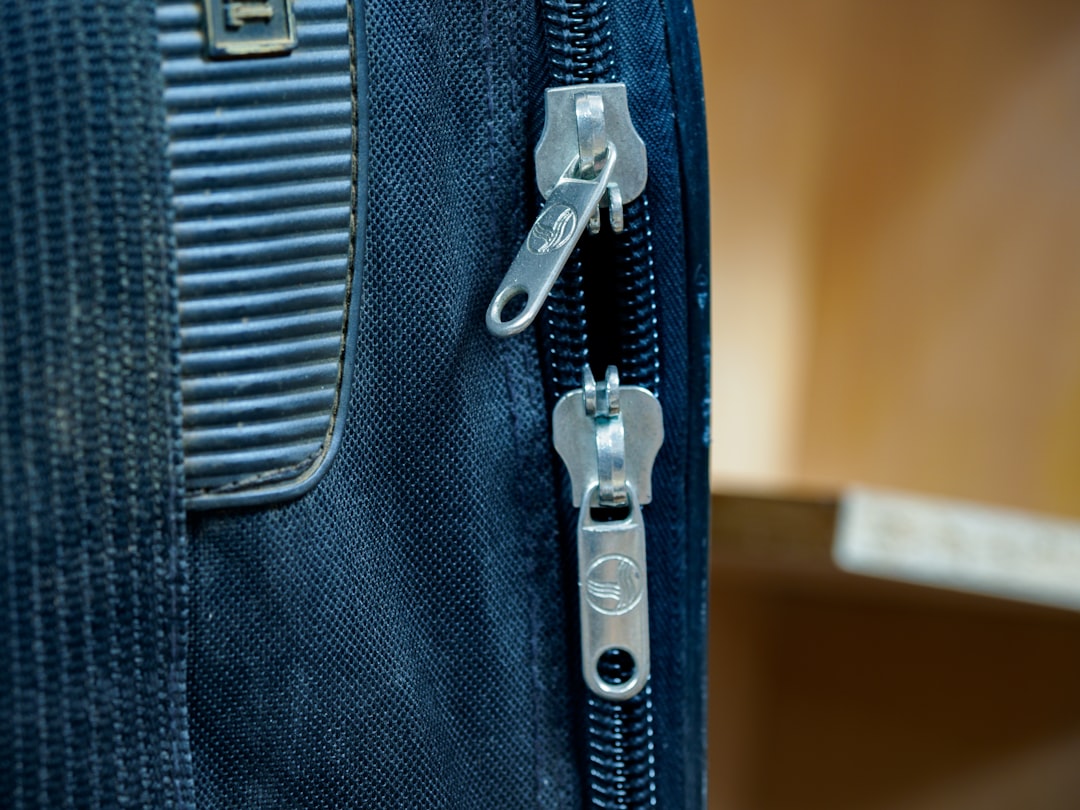
Whitcomb Judson patented his “Clasp Locker” in Chicago on August 29, 1893, creating the predecessor to the modern zipper. His initial design was intended for shoes and boots, featuring a series of hooks and eyes that could be fastened with a slider. The invention was later refined by Gideon Sundback, who worked for Judson’s company and created the modern zipper design we know today in 1913. The B.F. Goodrich Company coined the term “zipper” in 1923 when they used the fasteners on their rubber boots, noting the “zip” sound it made. According to the YKK Corporation, the world’s largest zipper manufacturer, approximately 7 billion zippers are produced globally each year, with Judson’s Chicago-born invention appearing on everything from clothing to luggage.
The Vacuum Cleaner – Ives McGaffey, Chicago
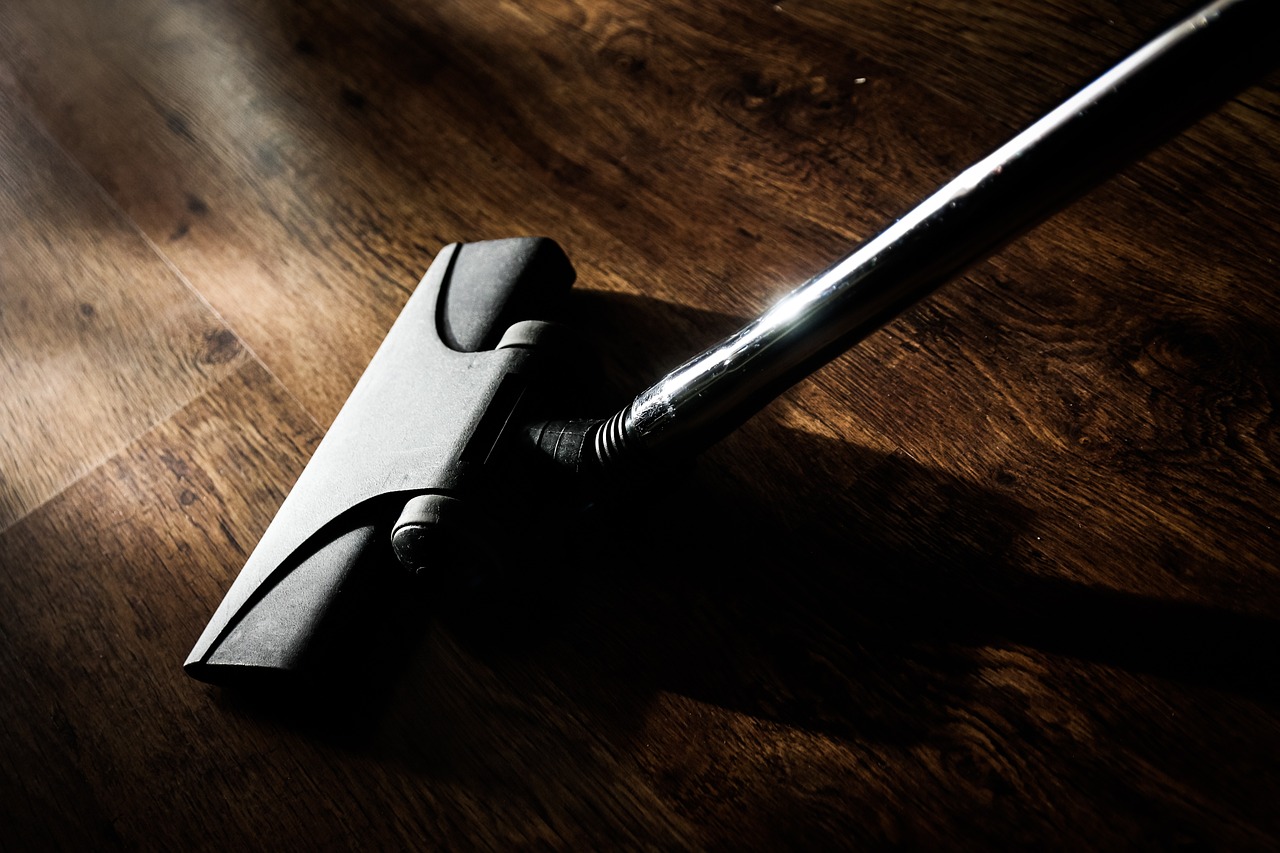
Ives McGaffey received the first patent for a vacuum cleaner on June 8, 1869, while living in Chicago, Illinois. His hand-powered “Whirlwind” required users to turn a crank while pushing the device, making it more exhausting to use than a regular broom. Despite its impracticality, McGaffey’s invention established the fundamental principle of using suction to remove dirt and debris from surfaces. The design was later improved by other inventors, leading to the electric vacuum cleaners we use today. The American Cleaning Institute reports that 99% of American households owned a vacuum cleaner as of 2023, making McGaffey’s Chicago creation one of the most successful household inventions in history.
Spray Paint – Edward Seymour, Illinois
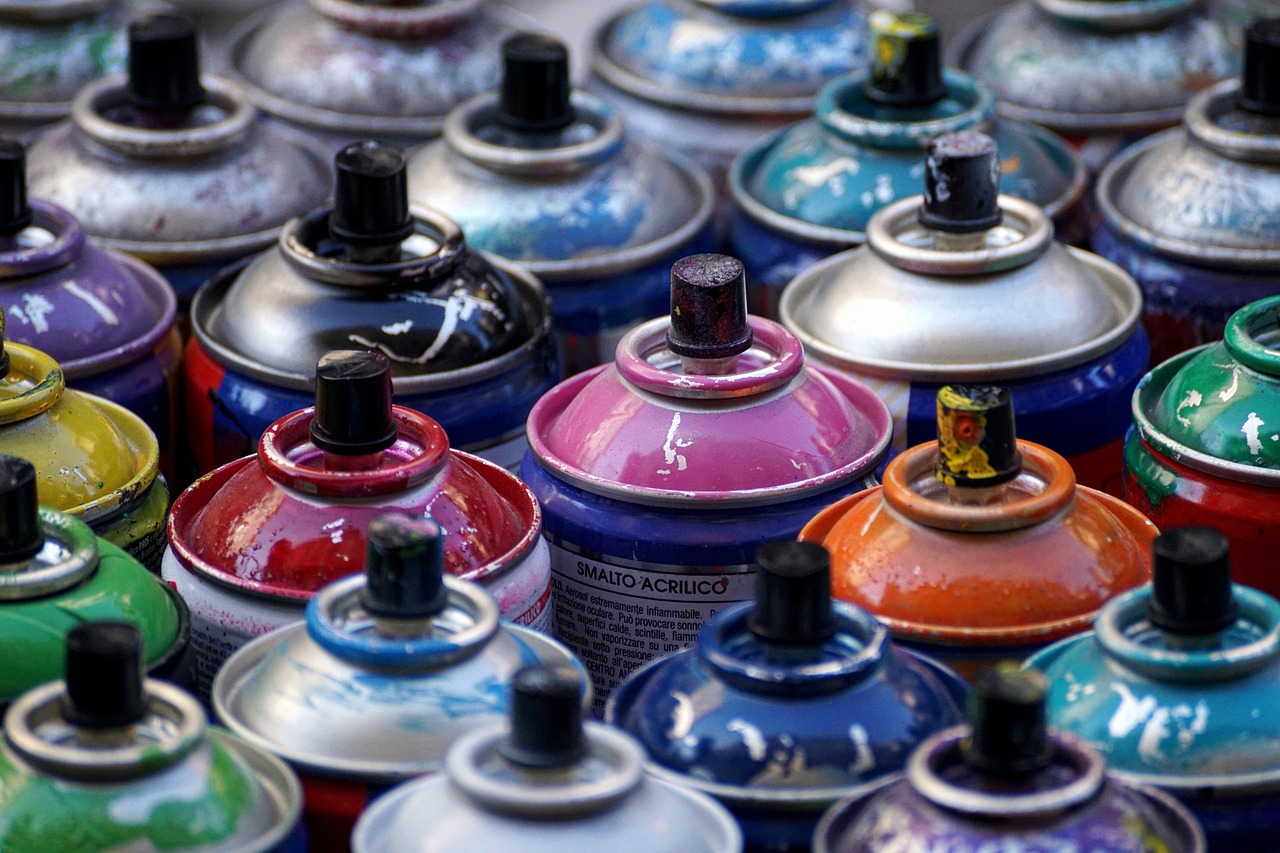
Edward Seymour invented aerosol spray paint in 1949 in Sycamore, Illinois, when his wife Bonnie suggested using an aerosol can to apply aluminum paint. Working from his home workshop, Seymour combined paint with aerosol technology to create the first spray paint product, which he called “Aervoe.” The invention revolutionized both industrial painting and artistic expression, making it possible to achieve smooth, even coats of paint on irregular surfaces. His company, Seymour of Sycamore, continues to operate from Illinois and remains a major manufacturer of aerosol paints. According to the Aerosol Industry Association’s 2024 data, spray paint represents a $2.8 billion market annually in the United States, with applications ranging from automotive touch-ups to street art.
The Ice Cream Sundae – Evanston, Illinois

The ice cream sundae was invented in Evanston, Illinois, in the 1890s as a creative solution to blue laws that prohibited selling ice cream sodas on Sundays. Local soda fountain operators began serving ice cream with syrup instead of soda water, creating what they called a “Sunday” – later changed to “sundae” to avoid religious connotations. Garwood’s Pharmacy and other Evanston establishments claimed to be the original creators of this dessert innovation. The sundae quickly spread across the country, becoming a staple of American ice cream parlors and soda fountains. According to the International Dairy Foods Association, Americans consumed approximately 1.3 billion gallons of ice cream in 2023, with sundaes remaining one of the most popular presentation styles for the frozen treat.
The Steel Plow – John Deere, Illinois
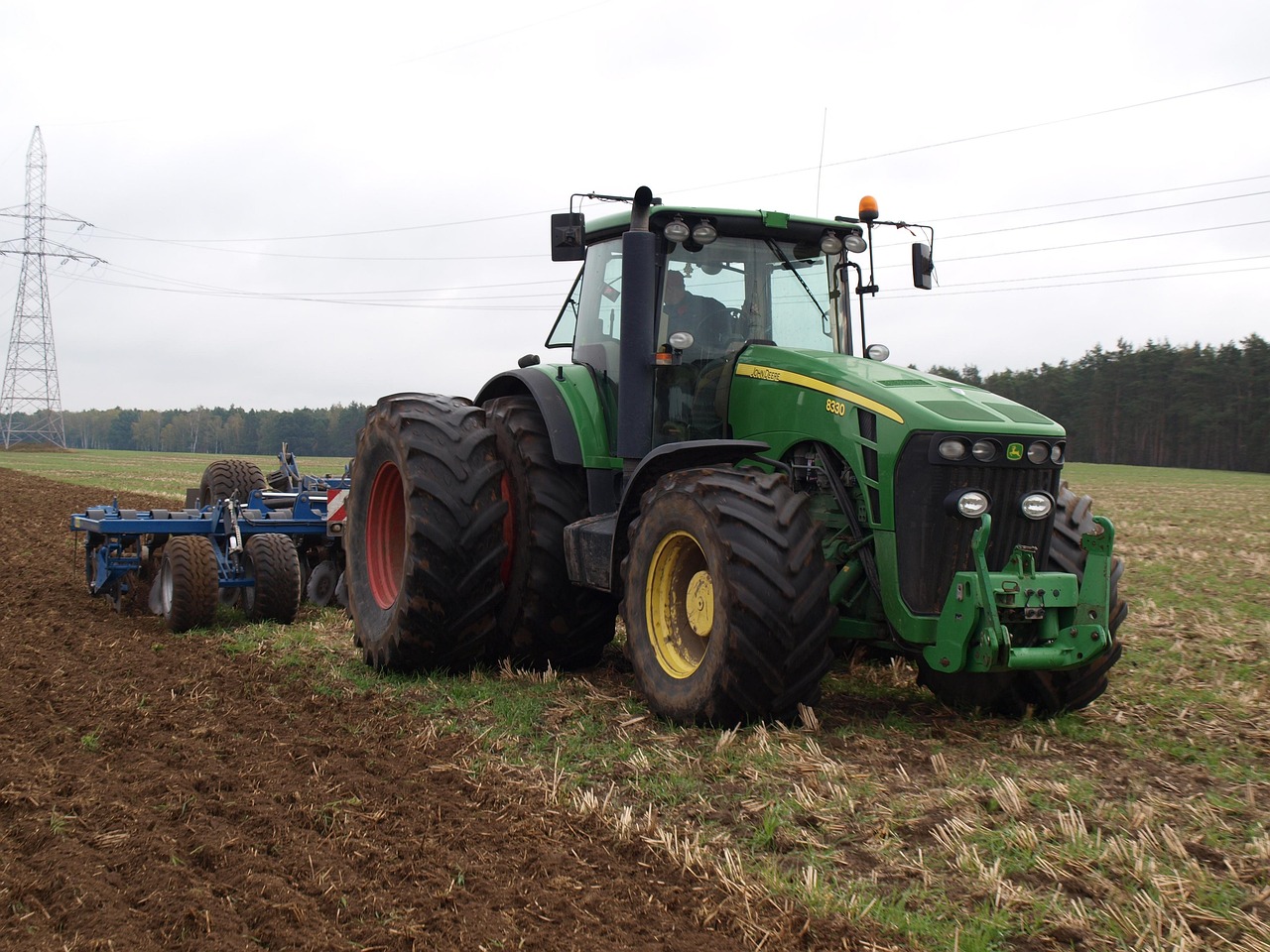
John Deere invented the steel plow in 1837 in Grand Detour, Illinois, after moving from Vermont and discovering that traditional cast-iron plows couldn’t handle the tough prairie soil. His self-scouring steel plow cut through the sticky Midwest earth without clogging, revolutionizing agriculture across the Great Plains. Deere’s invention enabled the massive agricultural expansion of the American West and helped establish the United States as a global agricultural powerhouse. The company he founded, Deere & Company, reported revenues of $52.6 billion in 2023 and remains headquartered in Moline, Illinois. Modern farming still relies on the fundamental principles Deere established – his steel plow design enabled the cultivation of millions of acres that might otherwise have remained prairie grassland.
The Combine Harvester – Hiram Moore, Michigan
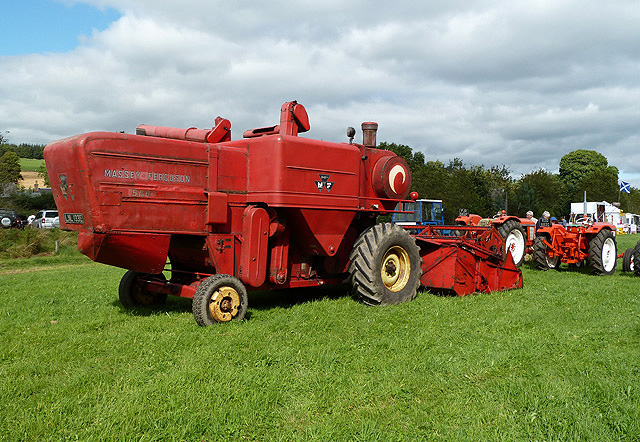
Hiram Moore and John Hascall patented the first successful combine harvester on December 23, 1834, in Climax, Michigan, creating a machine that could cut, thresh, and clean grain in a single pass. Their invention combined multiple farming operations that previously required separate machines and crews, dramatically reducing the labor needed for grain harvest. The original machine was pulled by horses or oxen and required a crew of several men to operate effectively. Moore’s design principles became the foundation for modern combine harvesters, which are essential for large-scale grain production worldwide. According to the Association of Equipment Manufacturers, modern combines can harvest up to 40 acres per hour, compared to the 2-3 acres per day that was possible with manual harvesting methods before Moore’s invention.
The Lawn Mower – Edwin Beard Budding, Adapted in Illinois
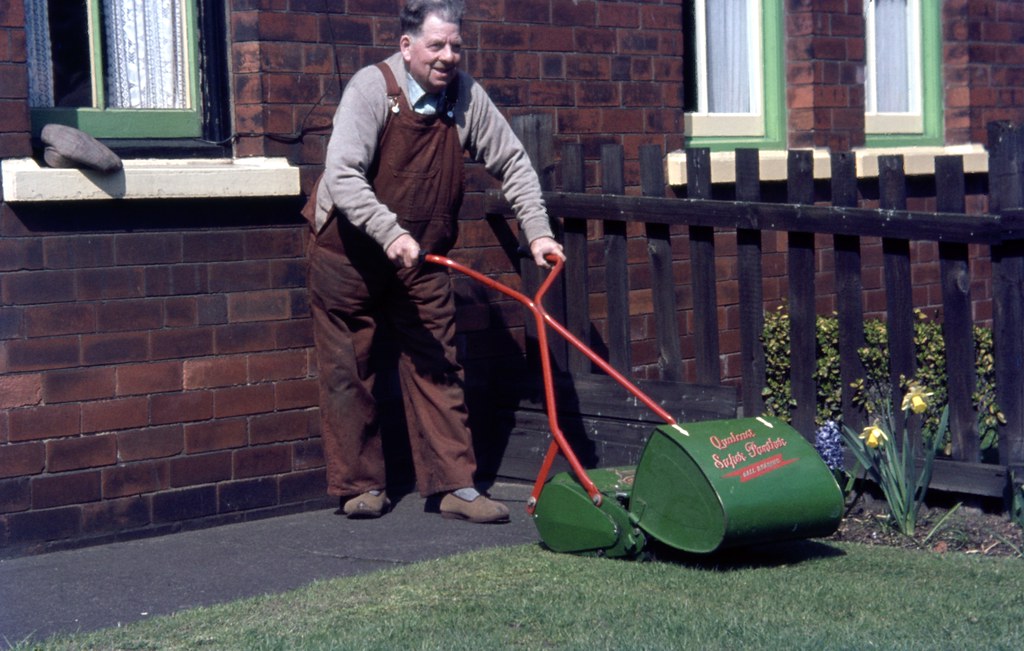
While Edwin Budding invented the first lawn mower in England in 1830, the gasoline-powered lawn mower was perfected and mass-produced in the American Midwest, particularly by companies in Illinois and Wisconsin. The Coldwell Lawn Mower Company, which operated extensively in Illinois, was among the first to manufacture practical motorized mowers for American consumers in the early 1900s. These Midwestern manufacturers transformed lawn care from a labor-intensive chore requiring scythes and shears into a manageable weekend task. The Outdoor Power Equipment Institute reported that Americans purchased over 5.2 million walk-behind mowers and 470,000 riding mowers in 2023. The suburban lawn became an American cultural institution largely because Midwest manufacturers made lawn maintenance accessible to ordinary homeowners through affordable, reliable mowing equipment.
The Conclusion That Changed Everything
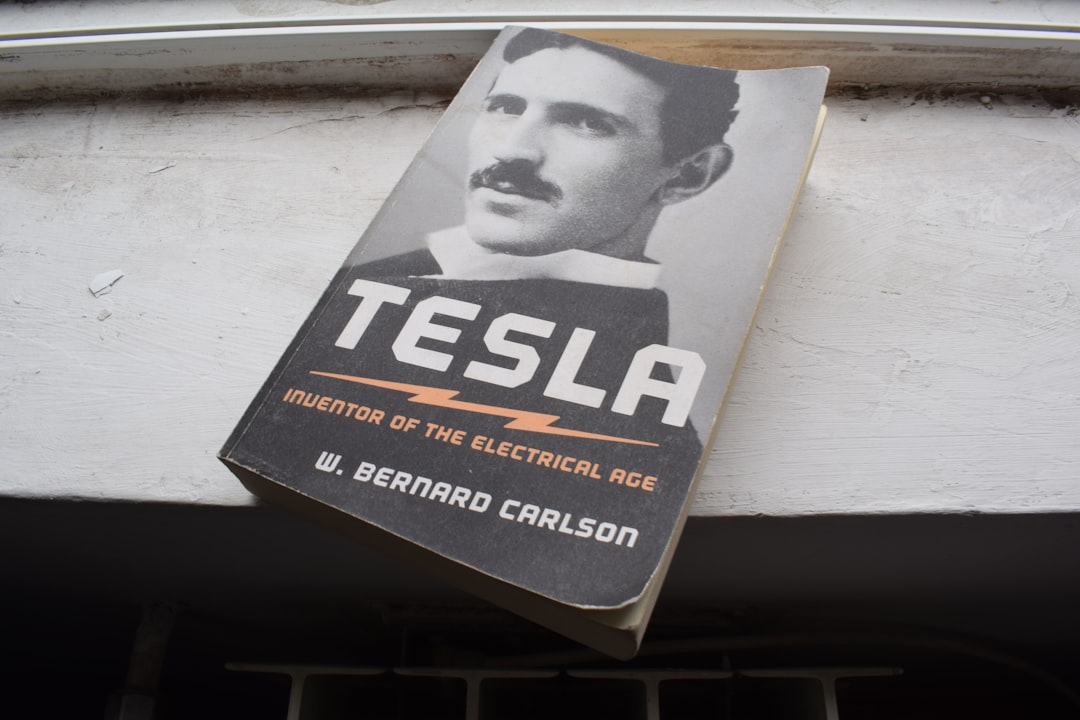
The American Heartland’s contribution to everyday innovation extends far beyond these ten inventions, representing a spirit of practical problem-solving that continues to shape modern life. From Josephine Cochrane’s frustration with broken china to John Deere’s struggle with sticky prairie soil, these inventors turned everyday challenges into breakthrough solutions. Their legacy lives on in the billions of people worldwide who use remote controls, zippers, vacuum cleaners, and dishwashers without ever thinking about their Midwest origins. These inventions prove that transformative innovation often comes not from ivory towers or corporate laboratories, but from ordinary people facing ordinary problems with extraordinary creativity. What everyday frustration in your life might be the next great invention waiting to happen?



